NEWS BLOG
![]()
![]()
Nikkō: Where the Unifier Sleeps
October 16, 2025
Japan is an ancient land. There are over seventy thousand temples and nearly as many shrines. Each has its own history. Yet among them all, one place stands apart: Nikkō, the mountain city that guards the tomb of Japan’s greatest unifier, Tokugawa Ieyasu.
Only a few hours north of Tokyo, Nikkō is accessible. Yet something is different. The forests. The stone steps. The air is awake as it carries incense and rain on its breath. Shrine carvings live, and the Gods are watching. This land is sacred.
「日光を見ずして結構と言うなかれ。」
“Don’t say magnificent until you’ve seen Nikkō.”
Perhaps there is something to these words.
What to Look For
Tōshōgū Shrine
This is Nikkō’s heart. Built in 1617 by Ieyasu’s son, Tokugawa Hidetada, and expanded by his grandson Iemitsu, the Tōshōgū Shrine enshrines Ieyasu as a deity: Tōshō Daigongen, the “Great Gongen, Light of the East.”
Unlike most shrines, Tōshōgū is deliberately grand. Gold leaf, intricate carvings, and vibrant colors cover its halls. These were reflections of the new Tokugawa order. Of an age, finally at peace. There are over five hundred carvings of sages, dragons, and flowers on the Yōmeimon Gate. Every inch is an argument for permanence and harmony.
The Sacred Bridge (Shinkyō)
Crossing the Shinkyō Bridge marks your passage into the divine. It spans the Daiya River in a bright red arc, from the time when the Gods carried Shōdō Shōnin across themselves. Step on it carefully. Step on it reverently. This is to cross the threshold of worlds, of the boundary between human and divine.
The Crying Dragon & Nightingale Floors
Inside the main halls of Tōshōgū lies the Crying Dragon. This painted dragon, whose roar echoes through perfect acoustics when clapped beneath its mouth, is a marvel. It fuses art and sound, symbolizing divine vigilance.
The Nightingale Floors nearby chirp softly as visitors walk over them. A security system for ancient priests, it serves as a reminder that the gods are never silent.
The Three Wise Monkeys
Few carvings are as iconic as the Three Wise Monkeys: Mizaru, Kikazaru, Iwazaru: “see no evil, hear no evil, speak no evil.” Carved during the Edo period to teach restraint, they embody the Buddhist principles of right conduct. For the samurai and tourists alike, they represent discipline. Heed well their message.
Kegon Falls and Lake Chūzenji
A little farther from the shrine complex lies Kegon Falls, where water from Lake Chūzenji plunges nearly 100 meters into a mist-filled gorge. The sight has inspired poets and monks for centuries. In autumn, when the trees burn red and gold, the falls feel otherworldly. The natural beauty serves as a great contrast to the rest of the site.
Notes
Why it matters
Tokugawa Ieyasu (1543–1616) unified Japan after centuries of warfare, establishing the Tokugawa shogunate that ruled for over 250 years. His legacy shaped modern Japan. From governance and economics to urban planning and culture, his influence is seen everywhere. Nikkō Tōshōgū is both his tomb and his monument.
Where
Nikkō Tōshōgū Shrine, Nikkō, Tochigi Prefecture, part of the UNESCO World Heritage Site “Shrines and Temples of Nikkō.”
Access
Around 2 hours from Tokyo via Tobu Railway (from Asakusa) or JR Line (from Ueno/Tokyo Station). Local buses connect Nikkō Station to the shrine area.
Admission
Around ¥1,300 for the main shrine area. Guided tours are available in English and Japanese.
Best time to visit
Mid-October to early November.
TABIBIYORI Tip
Arrive early. Visit the Crying Dragon Hall first (it closes earlier than other areas), then move to Yōmeimon and the inner shrine as sunlight softens.
Conclusion
Nikkō is the living echo of modern Japan’s character. The carvings, bridges, and forests. Each whispers the same message: Peace can be built by human hands. It must be. From the gold of Tōshōgū to the thunder of Kegon Falls, the journey is both spiritual and historical.
As they say:
“Don’t say magnificent until you’ve seen Nikkō.”
If you liked this article,
give it a like!
-

"Beyond Tsukiji!? The Grilled Fish Delight at Shinpachi Shokudo
No need to travel all the way to Tsukiji or...
-
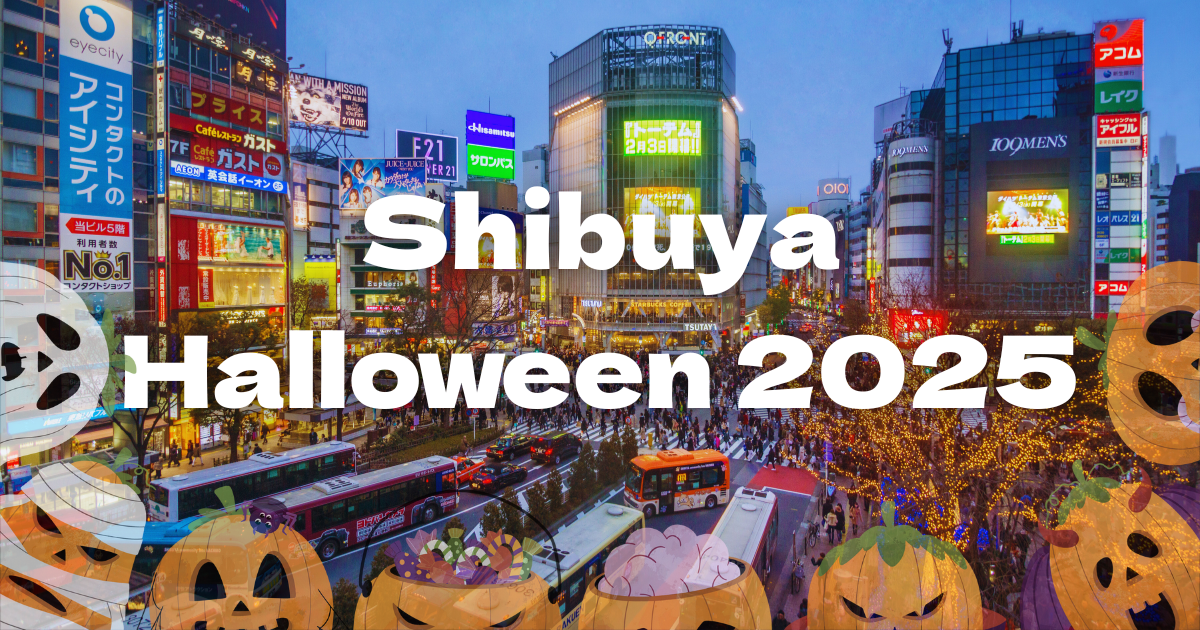
Halloween in Shibuya: What to Know, What to Avoid, and How to Enjoy It
You’ve heard of it. We’ve heard of it. Everyone has...
-
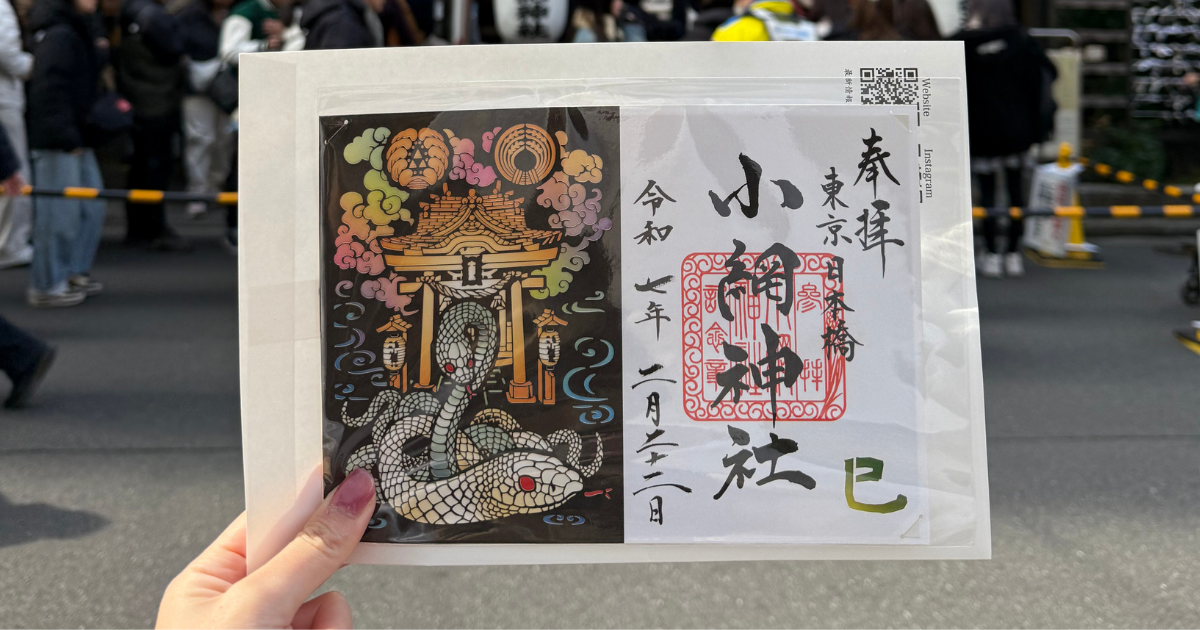
Washing Money
目次 1. Have You Ever Tried Washing Money at a...
-
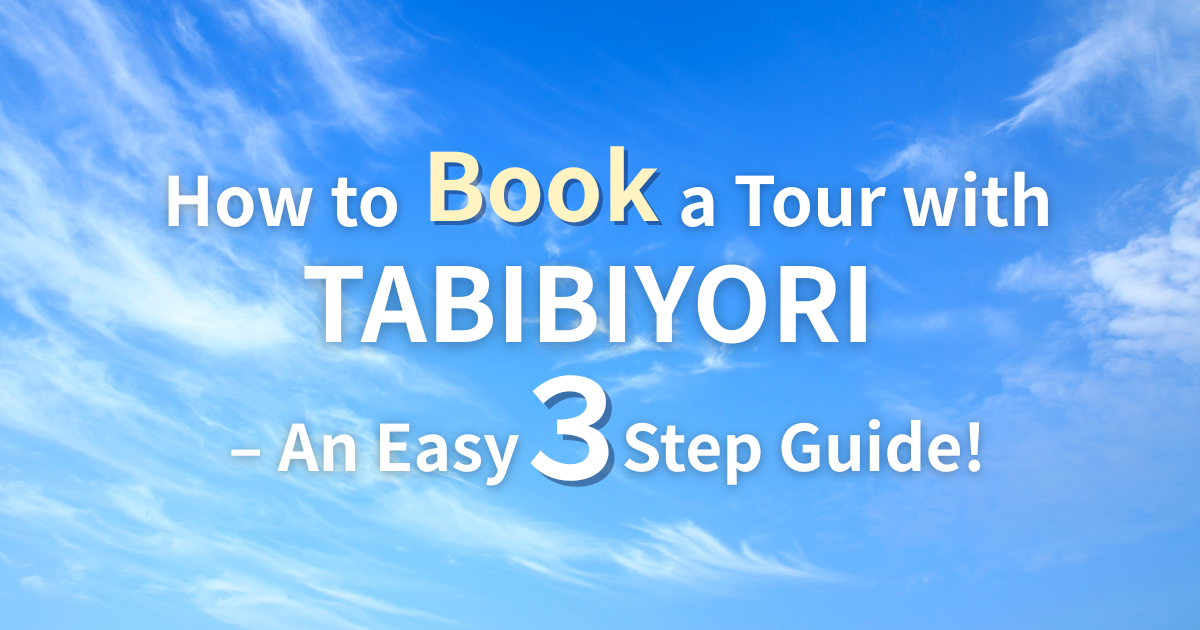
🌸 How to Book a Tour with TABIBIYORI – An Easy 3-Step Guide!
目次 📲 Contact Us via Your Preferred Messaging App or...
-

Food Culture and Specialties at Tsukiji Market!
Tsukiji, known as Tokyo’s good culture center, is a treasure...
-

Washing Money
目次 1. Have You Ever Tried Washing Money at a...
-

Food Culture and Specialties at Tsukiji Market!
Tsukiji, known as Tokyo’s good culture center, is a treasure...
-
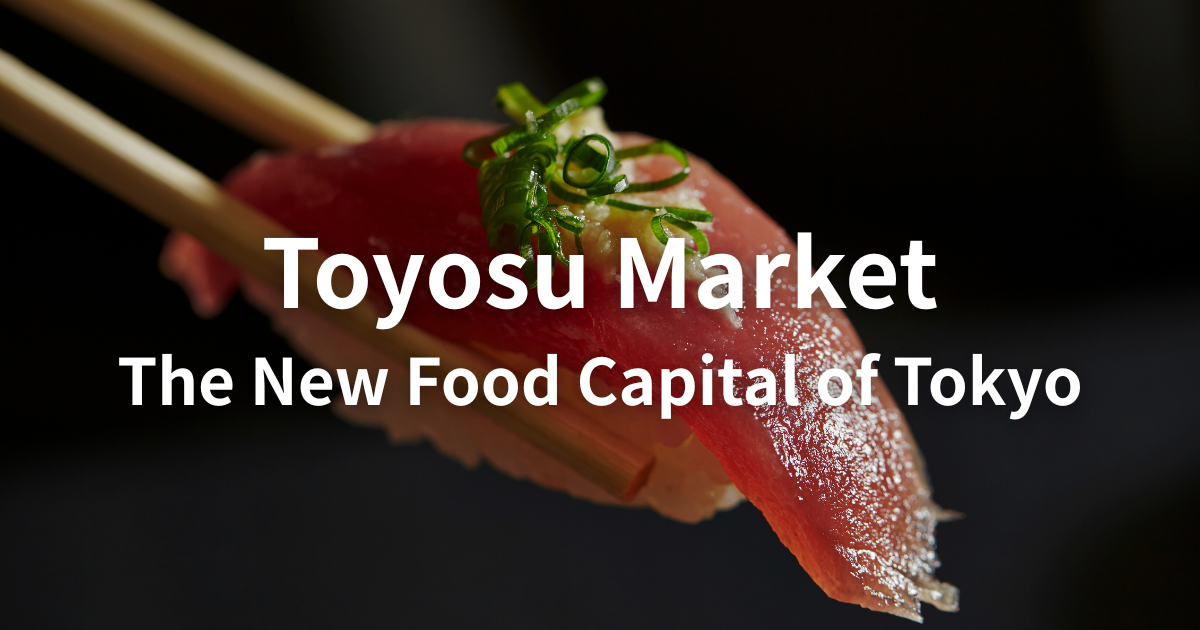
Toyosu Market – The New Food Capital of Tokyo
Toyosu Market is Tokyo’s new central wholesale market, relocated from...
-
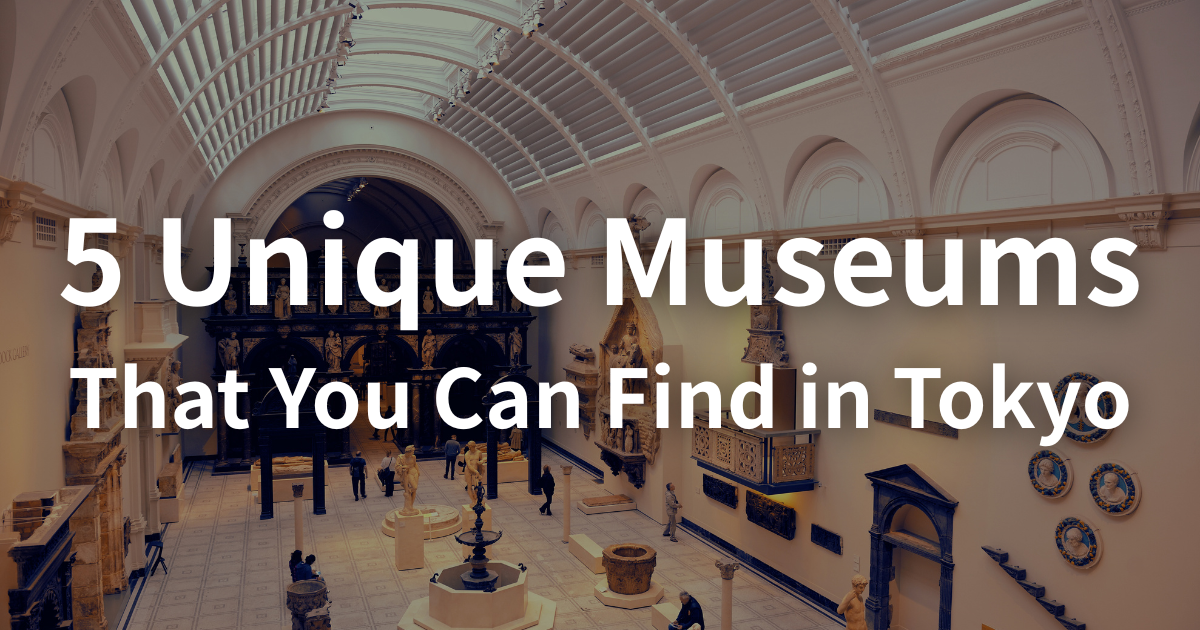
5 Unique Museums That You Can Find in Tokyo
Tokyo is home to some of the most prestigious museums...
-

5 Things to Watch Out For When Visiting Japan in the Summer
Japan is well-known for its four seasons. Spring is pleasant...

